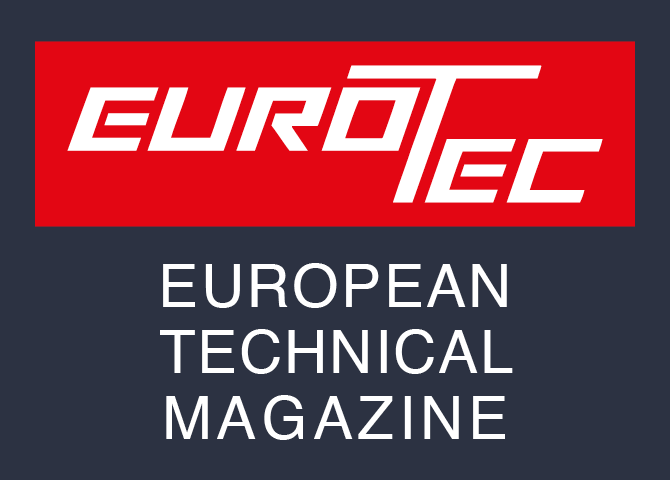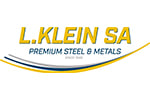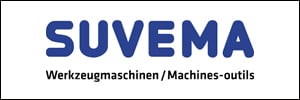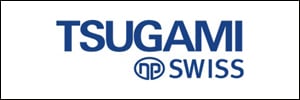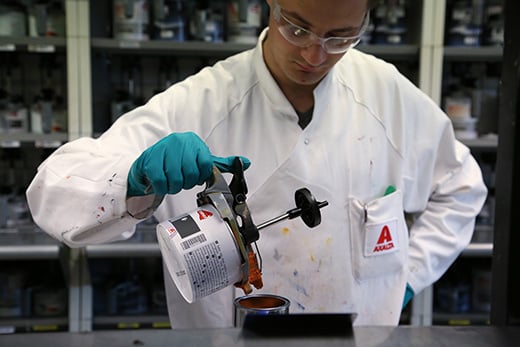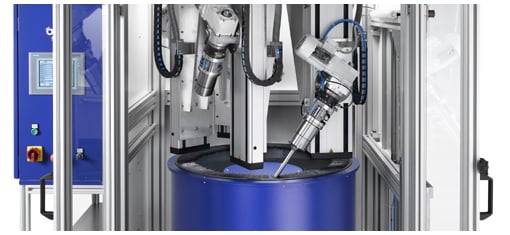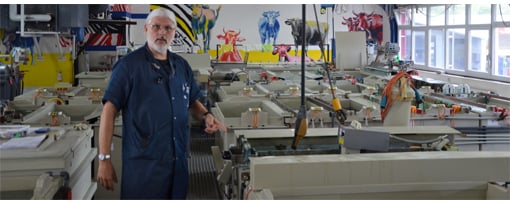Let’s put an end to the saying that you can’t judge a book by its cover. With microtechnology, the decrease in the size of the components produced goes hand in hand with an increase in surface effects on their performance. The nature of the material chosen for the coating and the process of depositing this coating thus play a crucial role. This step will often allow the manufacturer to make all the difference.
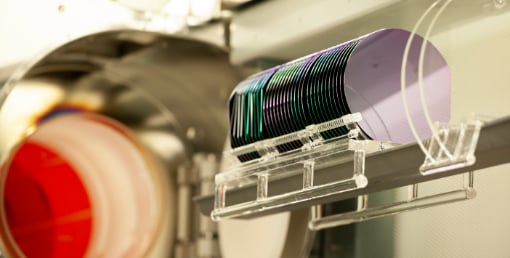
Take for example a company that needs to collect and complete the standardisation of a small sample of blood to perform analyses. A real challenge. DBS System SA has come up with an ingenious solution by using a microfluidic plate whose micro-channels make it possible to quickly take a precise volume of blood by capillary action. This technological feat is made possible thanks to a perfectly controlled micro-channel wall surface chemistry, modified by a thin film deposition technique. A partnership with CSEM (Swiss Center for Electronics and Microtechnology) enabled the Swiss start-up to come up with this innovation to successfully launch its fluidic platform.
Developing technology the right way This example perfectly illustrates the significant role that coating plays today in product development. However, companies often does not have the necessary infrastructure to develop and validate the optimal solution and will therefore turn to a specialist player in this area. Building on its know-how inherited from microtechnology and photovoltaics, CSEM has developed a major technological platform for thin layer and functional film deposition. Whether by vacuum deposition (PVD, PECVD, MVD, ALD) or liquid techniques (sol-gel process, surface functionalization by grafting), its properties are very useful in industries such as watchmaking, medical technology, aeronautics, sensing and energy. Experts at the technology research center have, for example, developed with ABB passivation layers for power electronics, used in particular in high-voltage lines. Another development: a new generation of nanoporous paint for aeronautics, sensitive to pressure and allowing the in-depth study of aerodynamic properties in a wind tunnel.
Choice and characterisation of materials The highly skilled surface coating professionals of the CSEM are fortunate to be able to work closely with their colleagues in materials science. Together, they will be able to work with a wide range of materials, for example parylene, which is currently highly prized for its biocompatibility. The technology offering also encompasses many characterisation techniques to evaluate the resulting properties and performance of the coated components. The combination of these skills allows companies to push the frontiers of innovation in microtechnology even further, for functional or purely aesthetic purposes.
About CSEM With five sites in Switzerland, CSEM has been a valuable link between research and industry for over 30 years. A long-time expert in watchmaking technology, it contributes its cutting-edge skills in miniaturisation, precision and low consumption to companies to support them in their innovation projects.
